Check out exclusive interview of Parul Wadhwa regarding latest technologies.
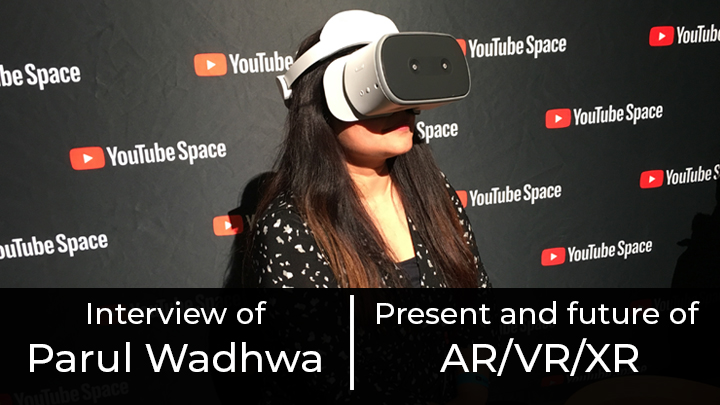
Parul Wadhwa is a prolific new-media artist and immersive storyteller. As a VR Creative Director, her work includes immersive and interactive storytelling, digital films, virtual and augmented reality experiences and serious games. She is committed to the use of new technologies (AR/VR/XR) for social impact. In 2017, she was recognized as a new-media entrepreneur at Catalyst, NYC Media Lab and in 2018 as a fellow with Facebook’s Oculus Launchpad. She is one of the early adopters and pioneers of new technologies for storytelling. She has a background in film production, VFX and digital restoration and has worked in the film industries in United Kingdom, South Korea and India.
Excerpts of the interview are given below.
Hi Parul, welcome from The Virtual Assist. Please let us know about your education background.
Hi Amit. Thank you. I have a terminal degree, an MFA in Digital Arts and New Media from the University of California where I specialised in new-media storytelling using newer technologies like AR/VR/XR. I also hold a Masters and Bachelors in English Literature.
What drove you to amazing technologies of AR,VR, MR, XR and related?
I think new technologies are a niche segment and have a huge potential to be used for human upliftment. From the advent of the internet, we have come a long way and I foresee immense benefit to our society with newer technologies. I was intrigued by their potential for immersive storytelling before they get stereotyped and this novelty of experience inspired me the most.
What is Virtual Reality (VR)?
Virtual Reality is a technology that gives audiences a presence within the story’s setting. VR storytelling works surround audiences, either in a literal sense through captivating sets, music, lighting, performances, and/or technology, or in a figurative sense in that the audience is able to “lose” themselves in the story being told and teleport them into another dimension of their reality.
In VR, audiences become an essential part of the overall entertainment as the experience offers no separation between the audience and the work itself.
What is Augmented Reality (AR)?
Augmented Reality is a technology which brings the digital objects into your physical environment and gives the audience the ability and agency to interact with them. Create poke man stickers, try out new outfits etc are all different uses of AR. AR claims to change the way people work and is less of an entertainment tool and more of a utility.
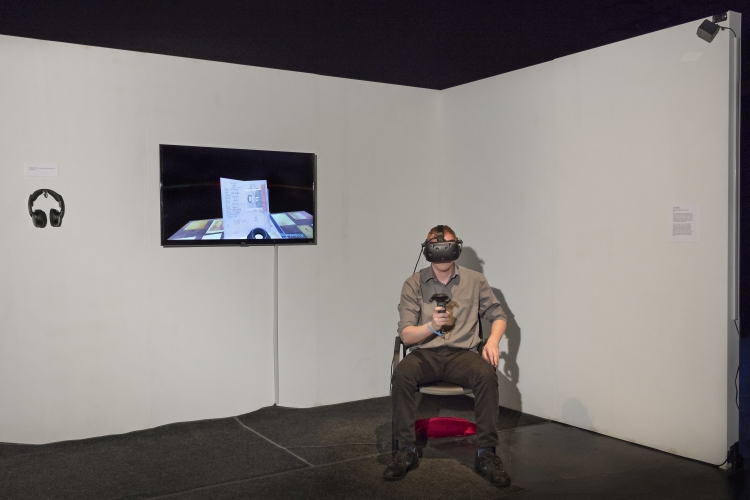
What is Mixed Reality (MR)?
MR is the blending of the physical and the virtual world so it’s neither AR nor VR but elements of both using spatial computing, human interaction and perception. Due to this, there are a lot of real time, practical uses of MR. For instance, Walmart recently used MR to successfully train its warehouse workers avoiding the need for physical workforce training and in turn leading to cost-cutting.
What is Extended Reality (XR)?
XR is the broad spectrum or range within which all the above exist and within which innovative companies are trying to find solutions to enhance human productivity and performance. At this time, MR and XR are interchangeable often times with different kind of usages and head mounted displays but research has and will demonstrate the full scope of this spectrum and the way XR can achieve much for the human race.
How one can create immersive experience using AR, VR, MR and XR?
Immersive experiences use a variety of techniques similar to animation, VFX and game-play. Using 3D modelling techniques or photogrammetry, complex objects are created using native or third-party software and exported to game engines like Unity/Unreal. From here, 3D environments are created, narrative structures defined, spatial audio recorded and physics of the interactions defined. An entire VR narrative experience is a mix of a lot of mediums including cinema, animation, visual effects, User-experience design and research. VR opens a world of possibilities by creating the sensation of being entirely transported into a virtual (or real, but digitally reproduced) three-dimensional world. It provides a visceral and immersive experience that traditional screen-based media cannot.
All the technologies are cohesive / overlapped. How do you define boundaries for them during execution of any project?
Every project is different. My first step is to identify the audience for it. Next, I identify the purpose. For example; VR is a great tool for teleporting to a place you’ve never visited before while AR is a tool for bringing that place to your existing environment. And mixed reality, gives you to an agency to interact and be a part of it. So, while choosing a technology to work with, I always identify the need for it.
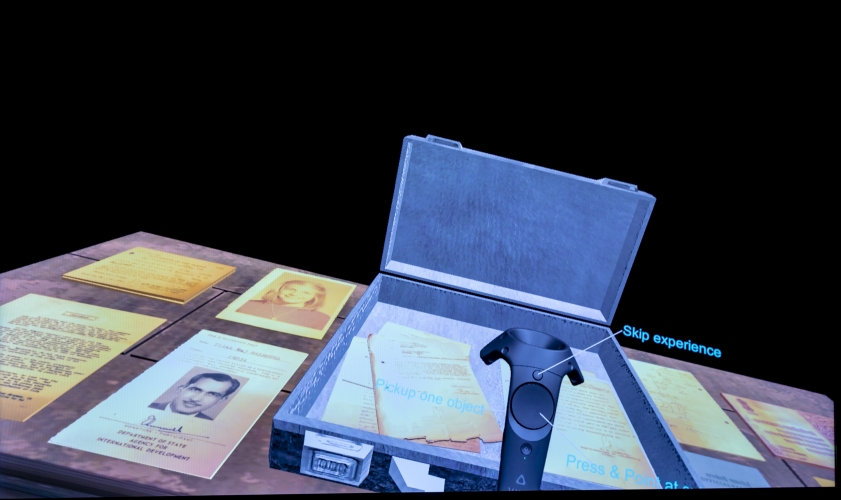
How can we use all such technologies for social cause?
Social Impact is at the heart of my work. Technology should be used for good and not for greed. For example, VR can be used for creating very powerful 360 experiences on iPhones, 360 cameras and shared with an audience on a google cardboard. AI (Artificial Intelligence) can be used to create algorithms that can bring together people and create close-knit communities. As long as Social Good is at the heart of any technology, it shall find interesting usages. I do agree that at this point in time, such technologies are mostly expensive and inaccessible but we are getting there for all it use it easily!
How positively and negatively, kids and youngsters are affected with these?
It all depends. A century ago, television was considered a negative influence and not too long ago, the internet. But we have all harnessed and experienced the power of technology in good, productive ways. A youngster sitting in a remote village in India has access to the internet today and that has changed their lives phenomenally. In the same way, we should be open to new technologies like AR/VR/XR.
How do you feel, working with all latest technologies and getting empowered with like minded people from all around the globe?
It’s thrilling. It’s a whole new world. While on one hand it’s exciting to gather that we are the new wave of innovators who are pioneering a new tool for storytelling and social impact and there are no set rules to follow and lots to experiment with. On the other hand, It’s daunting as there is no established canon of research available and no trajectory to follow.
How have you made a difference so far using immersive storytelling?
Immersive storytelling is a powerful medium because it transports the audience into a world where they have the agency to take action and make their own decisions. It is a mix of game-play techniques, interaction tools and narrative storytelling. As an artist, I find that extremely fulfilling as compared to subjecting my audience into a mock behaviour of observing a painting or a film. My VR piece, “Sandbox of Memory”, for example, gives the audience a chance to understand intergenerational trauma through the memories of the character and creates an empathetic experience where they feel like and for the character. It’s different from watching a film on the same subject.
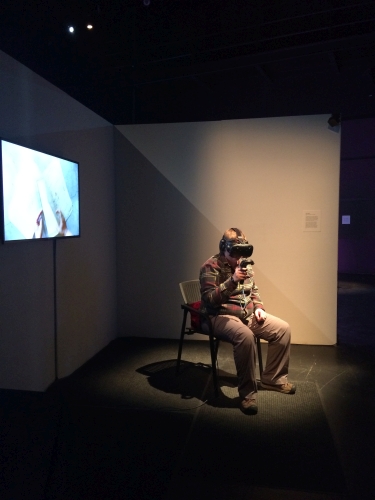
Let us know in detail regarding your credentials in Facebook’s Oculus Launchpad.
Oculus VR by Facebook, is the market leader in Virtual Reality. Their commitment to Virtual Reality is impeccable and unsurmountable. A few years ago, Oculus committed to creating a diverse ecosystem of content creators from all over North America through Launchpad. It is an extremely competitive pool of makers and so far, Oculus VR has been slowly and silently populating the VR content market with niche and diverse content from prolific VR creative directors, producers and developers. I feel very fortunate to have been part of this journey with Oculus and be recognized by Facebook.
Which conferences / events you been invited to or attended as speaker? What has been your experience of it?
Several over the last decade or so. My work was recently invited to the HASTAC (Humanities, Arts, Science, and Technology Alliance and Collaboratory) annual conference in Vancouver BC and to the Immersive Design Summit in San Francisco which is a premier gathering of immersive content makers from all over the world. I was also at the Variety magazine’s Silicon Valleywood Summit early this year and before that at MIT and was also invited to Immersion, India’s first AR/VR conference. I like sharing my work, exchanging ideas, networking with like-minded peers and find a community of AR/VR experts and be an evangelist around the potential of such niche futuristic work.
As we go ahead, all these technologies lead to scary future. What is your take on vulnerability of such tech?
I disagree. We should be open about it and be a part of the future. We should help create the future – what we need and what we want with these technologies. iPhone wasn’t created to complicate our lives. It was created to simply bring everything at the palm of our hands and a mass wave participated in creating that into a successful product. That’s what we need to do, be a part of it and ride the wave into the future.
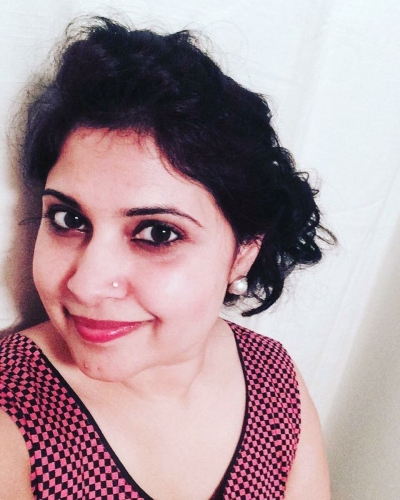
Again we thank Parul Wadhwa for such an insightful interview. Check out her official website for more details. We wish her huge success in upcoming endevours.
